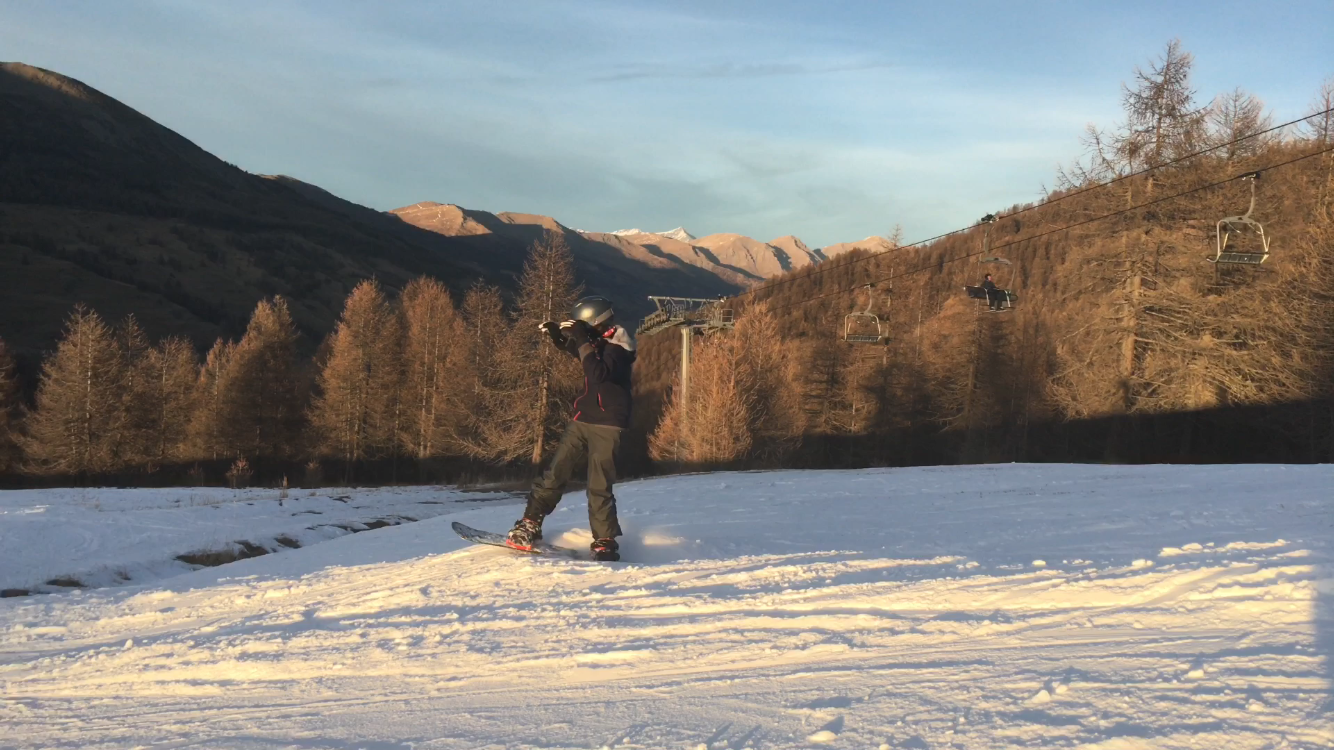2014 Basecamp Wales
En naturlijk sliepen wij ergens. Niet in een tent of de caravan, maar in een stenenhuis, midden in een dorp.
Kom maar even kijken hoe het huisje is.
Dolgellau (Welsh pronunciation: [dɔlˈɡɛɬaɨ]) is a market town in Gwynedd, north-west Wales, lying on the River Wnion, a tributary of the River Mawddach. It was the county town of Merionethshire (Welsh: Meirionnydd, Sir Feirionnydd) before that became a part of the county of Gwynedd. Dolgellau is the main base for climbers of Cader Idris.
The area upon which Dolgellau stands was, in the pre-Roman Celtic period, part of the tribal lands of the Ordovices, who were conquered by the Romans in 77–78 AD. Although a few Roman coins from the reigns of Emperors Hadrian and Trajan have been found near Dolgellau, the area is marshy and there is no evidence that it was settled during the Roman period. There are, however, three hill forts in the vicinity of Dolgellau, of uncertain origin.
After the Romans left, the area came under the control of a series of Welsh chieftains, although Dolgellau was probably not inhabited until the late-11th or 12th century, when it was established as a “serf village” (or maerdref), possibly by Cadwgan ap Bleddyn — it remained a serf village until the reign of Henry Tudor (1485–1509).
A church was built at some point in the 12th century (demolished and replaced by the present building in 1716), although Cymer Abbey, founded in 1198 in nearby Llanelltyd, remained the most important religious centre locally. Dolgellau gained in importance from this period and was mentioned in the Survey of Merioneth ordered by Edward I (Llanelltyd was not). In 1404 it was the location of a council of chiefs under Owain Glyndŵr.
After a visit by George Fox in 1657, many inhabitants of Dolgellau converted to Quakerism. Persecution led a large number of them to emigrate to Pennsylvania in 1686, under the leadership of Rowland Ellis, a local gentleman-farmer. The Pennsylvanian town of Bryn Mawr, home to a prestigious women’s liberal arts college, is named after Ellis’s farm near Dolgellau.
The woollen industry was long of the greatest importance to the town’s economy and by the end of the 18th century, output was reckoned to be worth between £50,000 to £100,000 annually. The industry was to decline in the first half of the 19th century, however, owing to the introduction of mechanical looms. Another important contributor to the local economy was tanning, which continued into the 1980s in Dolgellau, though on a much reduced scale.
The town was the centre of a minor gold rush in the 19th century. At one time the local gold mines employed over 500 workers. Clogau St. David’s mine in Bontddu and Gwynfynydd mine in Ganllwyd have supplied gold for many royal weddings.
Dolgellau was the county town of Merionethshire (Welsh: Meirionydd, Sir Feirionnydd) until 1974 when, following the Local Government Act of 1972, it became the administrative centre of Meirionnydd, a district of the county of Gwynedd. This was abolished in 1996 by the Local Government (Wales) Act 1994.
Today, the economy of Dolgellau relies chiefly on tourism (see below), although agriculture still plays a role; a farmers’ market is held in the town centre on the third Sunday of every month.
The Centre of Dolgellau – Eldon Square/Y Stryd Fawr
It is believed that Dolgellau Cricket Club, created in 1869, is the oldest cricket club in Wales.[1]
For nearly a century Dolgellau was the home of Dr Williams School, a pioneering girls’ secondary school. This was funded form the legacy of Daniel Williams the Welsh non-conformist of the seventeenth/eighteenth century.[2]
Name and pronunciation[edit]
The standard modern Welsh pronunciation is [dɔlˈɡɛɬaɨ]. In informal or neutral spoken Welsh, however, the final diphthong [-aɨ] is pronounced [-a] or [-ɛ] in different dialects. As Dolgellau lies close to the isogloss (or geographical boundary) between these pronunciations, both [dɔlˈɡɛɬa] and [dɔlˈɡɛɬɛ] are heard locally, with the former being more usual in the town itself. The pronunciation [dɔlˈɡɛɬi] used to be standard in English, along with the spelling Dolgelley, but both are now much less common.
The name of the town is of uncertain origin, although dôl is Welsh for “meadow”, and (y) gelli (from celli, pl. cellïoedd/cellïau) means “grove” or “spinney”, and is common locally in names for farms in sheltered nooks. This would seem to be the most likely derivation, giving the translation “Meadow of Groves”. It has also been suggested that the name could derive from the word cell, meaning “cell”, translating therefore as “Meadow of [monks’] cells”, but this seems less likely considering the history of the name.
The earliest recorded spelling (from 1253, in the Survey of Merioneth) is “Dolkelew”, although a spelling “Dolgethley” dates from 1285 (the thl is an attempt to represent Welsh /ɬ/). From then until the 19th century, most spellings were along the lines of “Dolgelley”, “Dolgelly” or “Dolgelli” (Owain Glyndŵr’s scribe wrote “Dolguelli”). Thomas Pennant used the form “Dolgelleu” in his Tours of Wales, and this was the form used in the Church Registers in 1723, although it never had much currency. In 1825 the Registers had “Dolgellau”, which form Robert Vaughan of Hengwrt adopted in 1836. While this form may derive from a false etymology, it is the standard modern form in both Welsh and English and was adopted as the official name by the local rural district council in 1958 (replacing Dolgelley in English).
Shortly before the closure of the town’s railway station it displayed signs reading variously Dolgelly, Dolgelley and Dolgellau.

